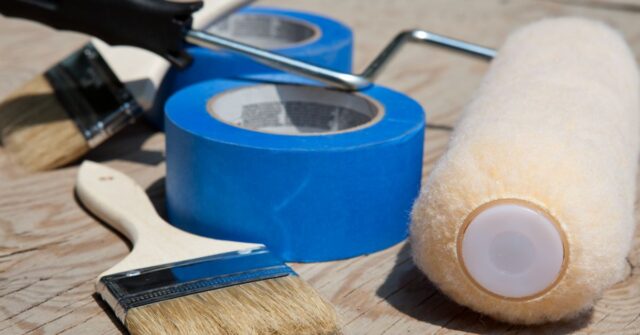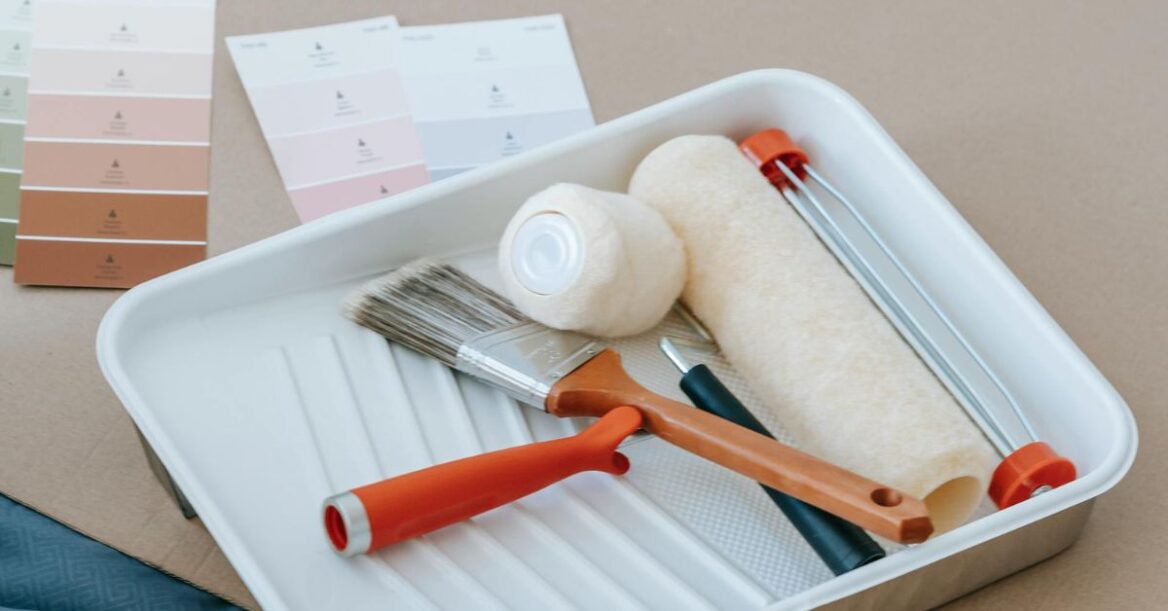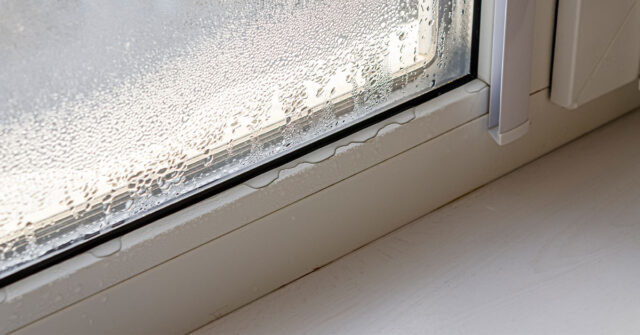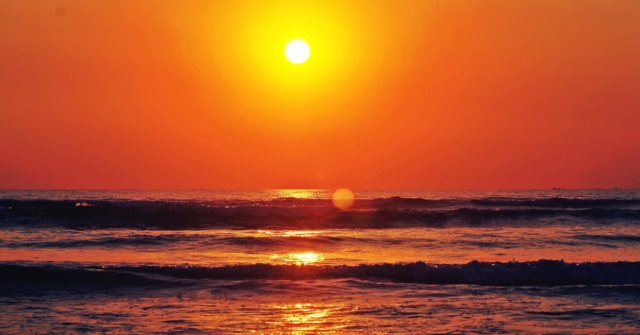Painting during cold weather might seem daunting, but with the right approach, it’s entirely possible to achieve professional-quality results.
Whether you’re refreshing a tired exterior or adding a pop of colour indoors, understanding how cold temperatures affect the painting process is the key to success.
This guide will walk you through everything you need to know to tackle your cold-weather painting projects in Sydney.
Understanding the Challenges of Cold Weather Painting
Cold weather brings unique challenges to painting projects. Lower temperatures can affect how paint adheres to surfaces, how quickly it dries, and the overall durability of the finish.
Sydney’s winter climate, while not extreme, can still pose difficulties, particularly during chilly mornings and evenings. Let’s explore these issues in more detail to understand how to work around them.

How Cold Weather Affects Paint and Application
When temperatures drop, paint behaves differently. It becomes thicker, making it harder to spread evenly. This can result in visible brush strokes or roller marks.
Additionally, drying times increase significantly, leaving the paint vulnerable to dust, debris, or unexpected rain showers.
Cold conditions can also cause moisture to condense on surfaces, leading to poor adhesion and peeling over time.
Typical Problems Faced When Painting in Cold Conditions
One common issue is paint cracking or blistering due to improper curing. Cold temperatures can also make it challenging to achieve an even coat, as the paint may not flow smoothly.
Other problems include prolonged drying times, which can lead to smudges or tacky surfaces. Understanding these challenges is the first step in avoiding them.
Preparing for a Cold Weather Painting Project
A successful paint job begins with thorough preparation. Taking extra steps to accommodate cold weather conditions can save you from headaches down the road.
From checking the forecast to gathering the right materials, here’s how to set yourself up for success.
Assessing the Weather: Optimal Conditions for Painting
Cold weather painting isn’t about battling the elements; it’s about choosing the right time to work. Aim to paint during midday hours when temperatures are highest.
Avoid starting too early in the morning or continuing after sunset, as lower temperatures and dew can interfere with the drying process.
Look for days with consistent temperatures above 10°C and low humidity for the best results.
Choosing the Right Paint and Materials
Not all paints are created equal, especially when painting in cold weather.
Opt for paints specifically formulated for low-temperature applications. These products are designed to perform well in conditions where standard paints might fail.
Additionally, select high-quality primers to improve adhesion and durability. Don’t forget to stock up on durable brushes and rollers that can handle thicker paint.

Tools You’ll Need for Painting in Cold Weather
Investing in the right tools can make all the difference. Look for stiffer brushes that can handle thicker paint and rollers with a higher nap for better coverage on textured surfaces.
A paint heater or warming box can also be helpful for keeping your paint at the ideal consistency.
Step-by-Step Guide to Cold Weather Painting
Once you’ve prepped your materials and chosen the right day, it’s time to get started. Follow these steps to ensure your project goes smoothly, even in colder temperatures.
Preparing Surfaces for Best Adhesion
Clean, dry surfaces are critical for a lasting paint job. Remove dirt, grime, and any flaking paint. In cold weather, ensure the surface is completely dry before applying primer or paint.
Even slight moisture can compromise adhesion and lead to peeling.
Applying Primer: Why It’s Essential in Cold Weather
A quality primer acts as the glue between your surface and the paint. It helps the paint adhere better and provides an even base for the topcoat.
Use a low-temperature primer for optimal results, especially on porous or previously unpainted surfaces.
Techniques for Applying Paint in Low Temperatures
In cold weather, thinner coats are better than thick ones. Apply multiple light layers, allowing each to dry fully before adding the next.
Work efficiently but don’t rush, as uneven application can lead to streaking. Keep an eye on the drying times listed on the paint can, as they may vary depending on the temperature.
Tips to Achieve Professional Results
Painting in cold weather requires a few extra tricks to get that polished, professional look. These tips can help you navigate the challenges and produce a flawless finish.
Timing Your Painting for Maximum Efficiency
Time your painting around the warmest part of the day. Start late in the morning and wrap up early in the afternoon to give your paint plenty of time to dry.
Avoid painting just before a drop in temperature or rainfall.
Maintaining Consistent Paint Temperature
Cold paint can be a hassle to work with, so keep your paint stored indoors or in a heated area until you’re ready to use it.
Avoid leaving open cans outside, as exposure to cold air can thicken the paint and make application more challenging.
Common Mistakes to Avoid During Cold Weather Painting
Skipping primer, using the wrong type of paint, or ignoring weather forecasts are surefire ways to invite problems.
Don’t rush the drying process by using artificial heat sources too close to the paint, as this can cause blistering.

Post-Painting Care and Maintenance
Your job isn’t over once the paintbrush is down. Taking proper care of your new paint job can extend its lifespan and keep it looking fresh for years.
Allowing Proper Drying and Curing
Be patient and let the paint dry naturally. This can take longer in cold weather, but it’s worth the wait to avoid smudging or tackiness.
Protect the freshly painted area from dirt, dust, and excessive moisture during the drying phase.
Inspecting Your Work for Flaws or Issues
After the paint has dried, inspect your work carefully. Look for streaks, uneven patches, or areas where the paint didn’t adhere well. Touch up any imperfections promptly for a seamless finish.
Protecting Your Paint Job Against Seasonal Wear
Cold weather can be tough on paint, so consider applying a weather-resistant topcoat for added protection. Regular cleaning and maintenance will also help keep your paint job looking its best.

Why Choose Advanced Painting for Your Sydney Home
When it comes to painting in all seasons, Advanced Painting has the expertise and tools to deliver outstanding results.
Our team understands the nuances of Sydney’s climate and knows how to handle even the trickiest weather conditions.
Our Expertise in Painting Across All Seasons
With years of experience under our belts, we know how to adapt to seasonal challenges. Whether it’s summer heat or winter chill, we have the skills to ensure a durable, beautiful finish.
Commitment to Quality and Customer Satisfaction
At Advanced Painting, we take pride in our workmanship and customer service. From start to finish, our goal is to exceed your expectations and provide a painting experience that leaves you smiling.





